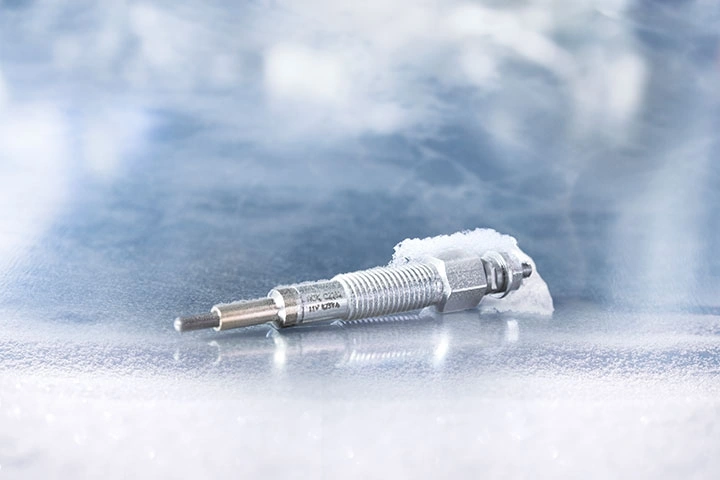Throttle up an engine with a click of a mouse

“NGK SPARK PLUG’s exclusive TekniWiki technical training website was set up as early as 2006. At that time, it was a truly innovative tool, as you might imagine. But since then it has been continually updated with new e-learning sections.” says Rottner, who works in NGK SPARK PLUG’s Technical Service team. The site features technical know-how about spark plugs, glow plugs, lambda sensors, ignition cables, ignition coils and, most recently, MAF sensors. “The MAF sensor is part of the Engine Management System and determines the amount of air flowing into the intake system of internal combustion engines, whether diesel or petrol,” explains the training expert. “From that air mass information the engine control unit (ECU) is able to balance and deliver the correct fuel quantity to the engine.”

Most TekniWiki training modules feature text and audio, as well as interactive animation. On registration, users can also track their learning progress by completing a quiz and receiving a personalised certificate (see image) if at least 80% of the answers are correct. What’s more, if you are registered you can even continue from where you stopped last time. TekniWiki is available in 14(!) different languages and hosts downloads such as the company’s catalogues, as well as all YouTube videos produced by NGK SPARK PLUG. Felix Rottner joined the Technical Service team 18 months ago, and was soon tasked with selecting content and overseeing development of the new MAF sensor training module for the existing TekniWiki site: “What I love most about my job is that I get to work with so many different countries throughout EMEA,” he explains. “The markets are very different. What works in one doesn’t necessarily work in another.” Collaborating with people of different nations and developing pan-European training is exciting, he tells us.

The online tutorials have been developed for everyone who is interested in learning how NGK SPARK PLUG parts ignite the engine, and how to measure the engine’s efficiency and keep it running. Users of TekniWiki are mainly distributors and resellers, but students at universities and vocational colleges, as well as end customers, can also learn from the site. Since its launch, the training site has received a lot of positive feedback. “Proving that we understand technical topics inside out could even influence buying decisions,” acknowledges Rottner. In the section just added, users learn about the function, development, installation, construction and operating principles of mass air flow sensors. Additionally, eight chapters deal with potential error diagnosis. Interactive animation allows visitors to see a 360-degree view of an air mass sensor, for example. When you click on the respective label, the relevant part in an illustration of the sensor is highlighted in red onscreen. The animation even allows users to virtually ‘throttle up the engine’ by dragging a slider (see illustration below). “Our goal is to introduce training for at least one product group every other year,” says Rottner.

TekniWiki training modules are available on all smart devices, including tablets, smart phones and PCs. And finally, here at last are the correct answers to the above questions about mass air flow sensors: … no, actually, we won’t tell you here! Take a look yourself - it’s much more fun!
 Niterra Blogs
Niterra Blogs








